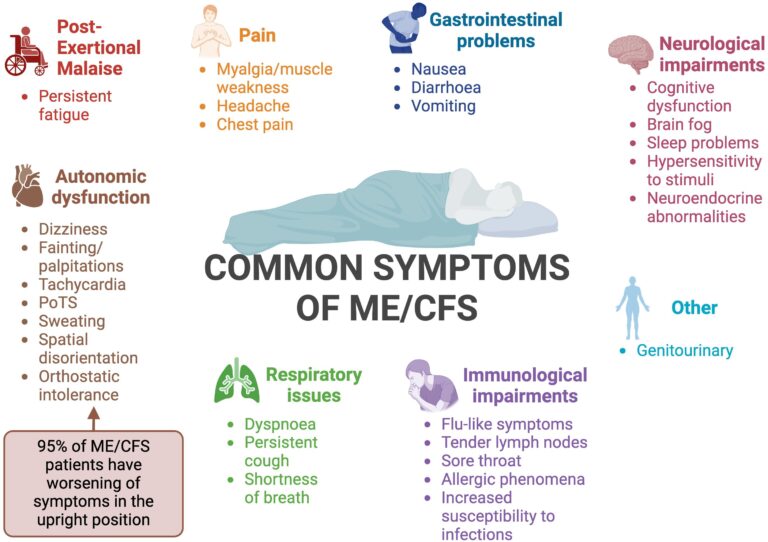About a year ago, my body threw me a plot twist I never saw coming.
Up until then, I lived a full and active life, and I loved feeling productive. I loved being of service to my clients and students, and to the organizations that booked me to perform at their events. Back then, I would get tired and worn out from time to time, but I’d catch up on rest and, in no time, I’d be back to the pace I was used to keeping. And I sure loved that pace.
Before getting sick, I was running my music teaching business, booking and performing corporate gigs, gigging at our wonderful airport, recording and filming teaching content, managing digital content for clients, overseeing subcontractors, and handling admin and bookkeeping for three different businesses. I was also working out 3–5 times a week, keeping up with mom duties, pet duties, family duties, household duties, and tending to my treasured garden.
Most of the time, I had a lot on the go. At times, too much.
But I always had energy to do it all.
Until one day, I didn’t.
That day landed me in the hospital and brought everything to a screeching halt. And just like that, my life as I’d known it was no longer.
In the past year, after several trips to specialists, and countless medical tests, I’ve been diagnosed with Myalgic Encephalomyelitis/Chronic Fatigue Syndrome (ME/CFS) and other related conditions that significantly impact my heart function, immune & nervous system function, and energy production.
What is ME/CFS?
Myalgic Encephalomyelitis/Chronic Fatigue Syndrome (ME/CFS) is a complex, debilitating chronic illness that affects multiple systems in the body. It is characterized by profound fatigue that is not relieved by rest and is worsened by physical or mental exertion—a phenomenon known as post-exertional malaise (PEM).
Here’s an overview from the the Canadian Institutes of Health Research:
“ME/CFS is a chronic, multi-system disease associated with neurological, neurocognitive, immunological, autonomic, and aerobic energy metabolism impairment. The hallmark symptom of the disease is post-exertional malaise (PEM), a delayed exacerbation of symptoms and a loss of stamina following even trivial cognitive or physical exertion.
The onset of ME/CFS is often sudden, typically following a viral or other type of infection, but may occur following other types of physical trauma. Patients describe feeling ‘flu-like’ symptoms chronically. In addition to the characteristic post-exertional malaise (PEM), patients may also experience cognitive impairment, unrefreshing sleep, autonomic manifestations, such as heart rate variability and orthostatic intolerance, muscle and joint pain, and sound, light, and chemical sensitivity.
ME/CFS can present with a wide range of severity. Even in the same patient, the level of severity can change over time and from day to day as symptoms wax and wane. People with ME/CFS are unable to go about their daily activities in a predictable or consistent manner. Up to 70% of patients are unable to work and 25% remain bed- or housebound.”
ME/CFS and avoiding PEM: When Rest is a Full-Time Job
With ME/CFS, any sort of exertion can trigger a worsening of symptoms, or Post Exertional Malaise (PEM). For me, PEM feels like the walls are closing and I’m coming down with the worst possible flu, and fast.
This condition is teaching me the fine art of pacing, but I’m a stubborn learner. There are good days, and on those good days, I want to get things done, and have fun, and move around a bit, and walk the dog… But, if I do all of those things, or even some of them, I risk triggering Post Exertional Malaise. And triggering a crash can progress ME/CFS. (Don’t even get me started on the anxiety I sometimes – oftentimes – have around this!)
Rest, and avoiding disease progression, is my top priority. But, my goodness, it is hard. I miss doing things, and at times I wish like crazy to have my old life back.
What's life like with ME/CFS?
People with ME/CFS often experience a range of symptoms, including:
- Unrefreshing sleep – waking up feeling as exhausted as before sleeping.
- Cognitive difficulties – often called “brain fog,” leading to trouble concentrating and memory issues.
- Widespread pain – affecting muscles and joints, sometimes resembling fibromyalgia.
- Autonomic dysfunction – issues with heart rate, blood pressure, and temperature regulation.
- Immune and neurological symptoms – including swollen lymph nodes, sore throat, allergic-like reactions, and hypersensitivity to light, sound, or touch.
These clinical descriptions don’t quite capture the daily reality of living with ME/CFS.
For me, it has meant relearning how to exist in a body that no longer moves at the pace I once took for granted. My once full schedule has become sparse. My once vibrant and strong self now spends much of the day resting. It’s an adjustment I never expected ever having to make.
As much as I miss being able to do things, I really miss being able to do things without having to think about the impact they will have on my health. I have to carefully plan and allocate energy, and build enough rest and recovery time around everything I decide to do. The first big sign that I’ve overdone it is a wave of nausea. When that comes, it’s a hard stop on everything, and I have to lay down.
I could let this diagnosis get me down—and sometimes, it does. But I’ve always believed in choosing to see silver linings, and in making life the best it can be, even when the path shifts unexpectedly.
So, I’m learning how to live at a slower pace. Learning how to listen to my body. Learning how to say “no.” Learning when to stop. And learning how to nurture creativity in a way that fits the life I have now. Slowly but surely, I’ve been reframing this disease as an opportunity to heal and rebuild life, in all areas. What an amazing opportunity is that?
Not many people make a full recovery from ME/CFS, though I’m hopeful that I will be one of the lucky ones that does.
I do want to stress that I am very lucky that I can still do quite a few things, as long as I can plan in enough rest time before and after.
Unfortunately, many ME/CFS patients are completely housebound, and some are completely bedbound. My heart aches for them. And I pray that one day there will be a cure and that it will be accessible to everyone suffering.
I’m hoping that by continuing to be careful, I can avoid crashes, and slowly improve.
"The Worst Possible Flu You Can Imagine, With a Side of Heart Rate & Blood Pressure Instability, and Why Not Throw in a Batch of Hives and Maybe Some Anaphylaxis, too?"
The Star of the Show: Post exertional malaise (PEM)
Many of the symptoms of ME/CFS are common in other disorders, apart from the hallmark symptom of the disease, which is Post Exertional Malaise (PEM). PEM is a worsening of symptoms that occurs after minimal exertion, of any kind: physical, mental, emotional. It’s usually a delayed response; anywhere from 24-72 hours after exertion. It’s oftentimes not easy to know if you’ve overdone it, until PEM creeps on you and knocks you right off your feet.
PEM makes you feel heavy, nauseated, flu-ish, and extremely tired. I also get migraines, chills, worsening dizziness, extreme heart rate and blood pressure fluctuations, hives, and swollen lymph nodes. I lose my appetite, and feel extremely weak and unsteady on my feet. Sometimes it takes weeks to recover from a crash.
Though I wasn’t aware of what my diagnosis would be, I did notice PEM early on. I just didn’t know what it was called, and I didn’t know what was causing it. I assumed it was an external trigger, like an allergen. But, it simply is just exertion, of any sort.
The only way to avoid a PEM crash is by doing much less than you feel that you have the energy to do. This will fluctuate from day to day. And some days are better than others. ME/CFS patients are advised to do less than they feel they are able to do that day, regardless of symptoms and energy levels.
Instead of recovering with rest, people with ME/CFS struggle to regain energy due to what is thought to be an energy dysfunction at the cellular level.
Why Awareness Matters
ME/CFS is one of the most underfunded and misunderstood illnesses out there. Despite affecting millions of people worldwide, it has historically received shockingly little research funding, leaving patients without effective treatments or a clear path to recovery. For decades, it was dismissed as “chronic fatigue” (which makes it sound like a mild case of being sleepy, rather than a debilitating multi-system disease). Many patients have been gaslit, misdiagnosed, or told it’s “all in their head,” while struggling with life-altering symptoms.
The reality? ME/CFS is a serious, disabling condition that deserves far more attention, research, and understanding than it’s gotten. And that’s why I want to talk about it.
Unfortunately, many Long Covid patients develop ME/CFS, making it one of the largest post-viral illness outbreaks in history. The silver lining? This may finally bring the funding and research that ME/CFS patients have been fighting for decades.
I never thought I’d be writing about this, but if sharing my journey can help raise awareness, challenge misconceptions, and push for better research and treatment, then it’s worth every word.
The more awareness we raise, the harder it becomes to ignore. Whether it’s through music, writing, or just sharing my experience, I hope to help shift the conversation so that someday, those with ME/CFS will have real treatment options, real support, and real hope.
For a deeper dive into ME/CFS, here are some resources that explain it further:
- A short video on ME/CFS
- The “battery” metaphor
- This longer video explores the connection between some of my other conditions that are common in Long Covid & ME/CFS patients: MCAS, POTS, EDS.
Here are two informative websites on ME/CFS:
Please share this post, or the above links, with anyone that is struggling with a wide-range of symptoms, and is confused about what may be going on with their health.
And, remember, Post Exertional Malaise (feeling flu-ish and plain awful after minimal exertion), is the hallmark symptom.
Thank you for reading! ♡


